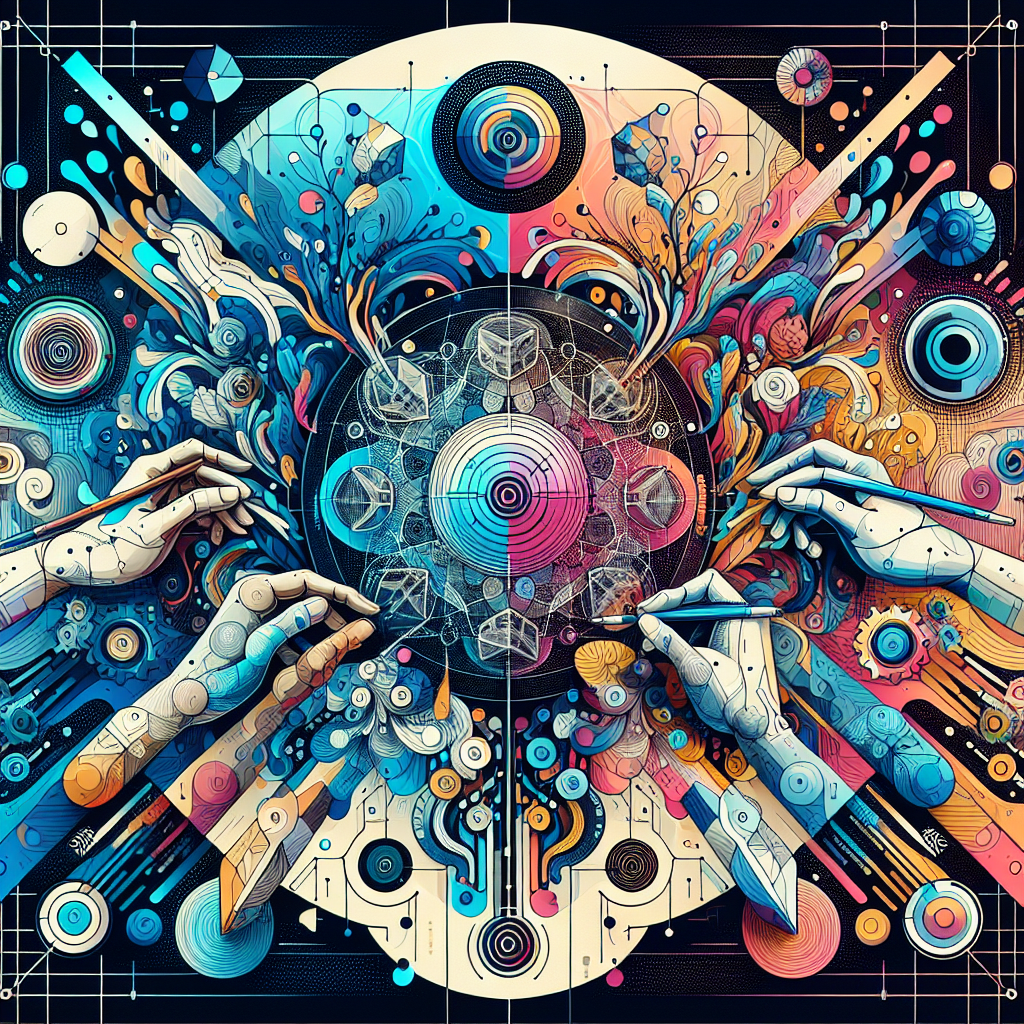Introduction
As artificial intelligence (AI) continues to develop, its influence on the creative arts becomes increasingly significant. In areas such as music composition and visual arts, AI is not just a tool; it is developing into a collaborator. This transformation raises important questions regarding creativity, authorship, and the future of artistic expression. This article will examine how AI and human artists can collaborate to expand the horizons of creativity while retaining distinct human qualities.
The Evolution of AI in Art
The integration of AI in art isn’t a recent phenomenon. Early experiments featured computer-generated graphics and algorithmic art. However, advancements in machine learning, especially through neural networks, have transformed the scene. Technologies like OpenAI’s DALL-E and Google’s DeepDream enable computers to create complex and often breathtaking artistic works.
AI technology analyzes extensive datasets to discern patterns, styles, and techniques from existing art, allowing it to create new pieces that either mimic or innovate on traditional artistic forms. This development challenges the concepts of authorship and originality, providing artists with innovative tools for their expression.
AI as a Collaborative Tool
Amplifying Creativity
One of the most encouraging aspects of AI is its potential to enhance human creativity rather than replace it. Artists can utilize AI to brainstorm ideas, experiment with new styles, or overcome creative obstacles. For example, musicians may turn to AI for suggestions on melodies or harmonies, sparking inspiring new compositions. Visual artists could generate base images using AI, which they can then personalize and refine.
Case Studies of Collaboration
-
Visual Arts
- Refik Anadol is a frontrunner in AI art, employing algorithms to create immersive installations. His creations often merge human artistic vision with AI-generated visuals, fostering a dialogue between machine-generated patterns and human aesthetics.
- Mario Klingemann, recognized for his expertise in neural networks and generative art, collaborates with AI to delve into themes of perception and creativity, crafting interactive installations that uniquely engage audiences.
- Music
- AIVA (Artificial Intelligence Virtual Artist) composes music across various genres. Working alongside human musicians, AIVA provides a foundation that artists can enhance, resulting in everything from film scores to classical pieces.
- Holly Herndon, a composer and vocalist, incorporates AI into her music, allowing it to interact with her own voice. Her work challenges traditional notions of authorship in music and raises essential questions about technology’s role in artistic creation.
The Human Element
Emotional Intelligence
Although AI can parse data and generate content, it lacks the emotional depth intrinsic to human creativity. The human experience—emotion, consciousness, and lived reality—imparts meaning to art. Artists imbue their work with personal stories and insights, which AI cannot replicate.
In collaborative efforts, the unique combination of human emotion with AI’s capabilities can lead to art that resonates on deeper levels. This partnership facilitates the exploration of themes that are both universal and specific.
Ethical Considerations
With AI becoming more involved in the creative process, ethical concerns surrounding copyright and authorship definitions come to the forefront. Who holds the rights to a piece of art created through human-AI collaboration? This question challenges existing intellectual property norms and calls for new laws and guidelines to protect artists while fostering innovation.
A New Artistic Paradigm
The partnership between AI and human artists signifies a transformative change in the art world. Rather than replacing human creativity, AI acts as a catalyst for new expressions. This convergence creates an environment where the limits of creativity are perpetually extended.
Education and Adaptation
As the landscape evolves, educational institutions are beginning to integrate AI into their art programs. Training artists to comprehend and utilize these technologies will equip them to excel in an increasingly digital landscape.
Conclusion
The future of art lies in the collaborative relationships between AI and human artists. By blending technological advancements with human intuition and emotion, a new era of creativity is emerging. These partnerships not only offer a glimpse into the future but also represent an evolution in how we perceive and create art. As we traverse this uncharted territory, the emphasis should remain on celebrating the unique contributions of both AI and humanity, fostering a rich and diverse artistic landscape for generations to come.

